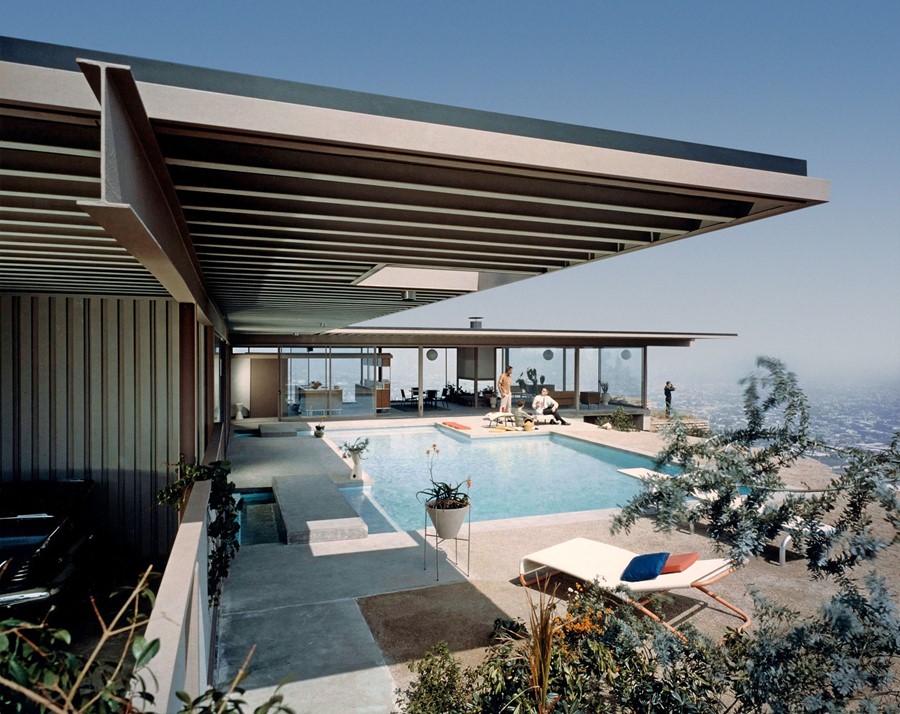New publication Inside Utopia is a coffee-table book charting the most visionary homes of the past century
There’s profundity in design. Every piece of architecture, furniture, and art is an artefact – a snapshot of an era. A home is an incubator in which these layers of history connect and grow to tell the stories of individuals and cultures as they navigate decades of change. Publishing house Gestalten’s latest ode to design is Inside Utopia: Visionary Interiors and Futuristic Homes, a dense coffee table book containing the most innovative structures of the last century. Here we present a look at some of the most groundbreaking residential design projects featured in the publication.
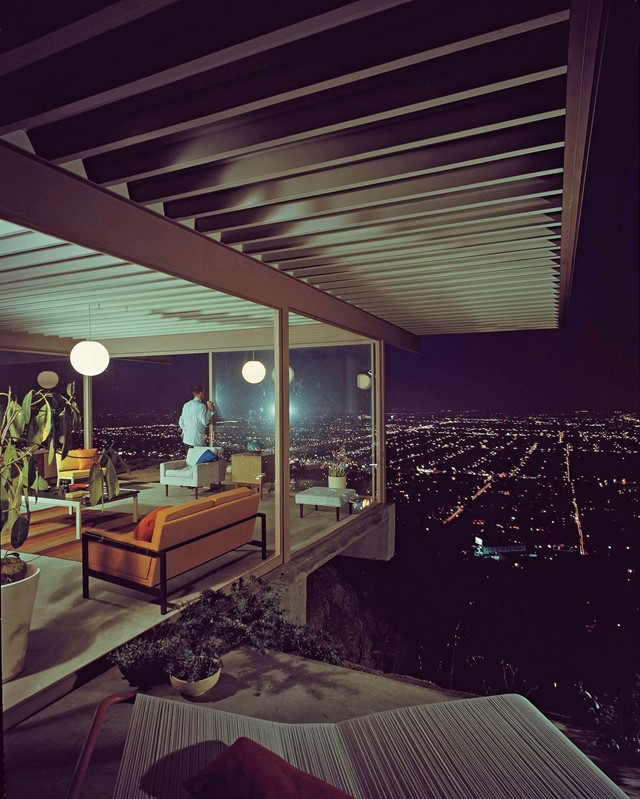
1. Stahl House by Pierre Koenig (LA, 1957)
Stahl House is a cultural and architectural juggernaut. In 1954 the plot it now occupies was nothing more than a small shard of uneven land in the Hollywood Hills, where Buck and Charlotte Stahl spent their weekends prepping the arid ground for the construction of the dream house, that has since become an icon of postwar living. In 1957 the couple hired architect Pierre Keonig, and by 1960 he had realised their vision and created a prototype for a new optimism in domesticity that continues to define California. Open-plan living, by Koenig’s design, was defined by floor-to-ceiling glass windows and a life more modular. Celebrated photographer Julius Shulman captured the architect’s ode to Modernism with a feeling of aspirational contentment and his instantly recognisable images cemented Case Study House 22’s place in history.
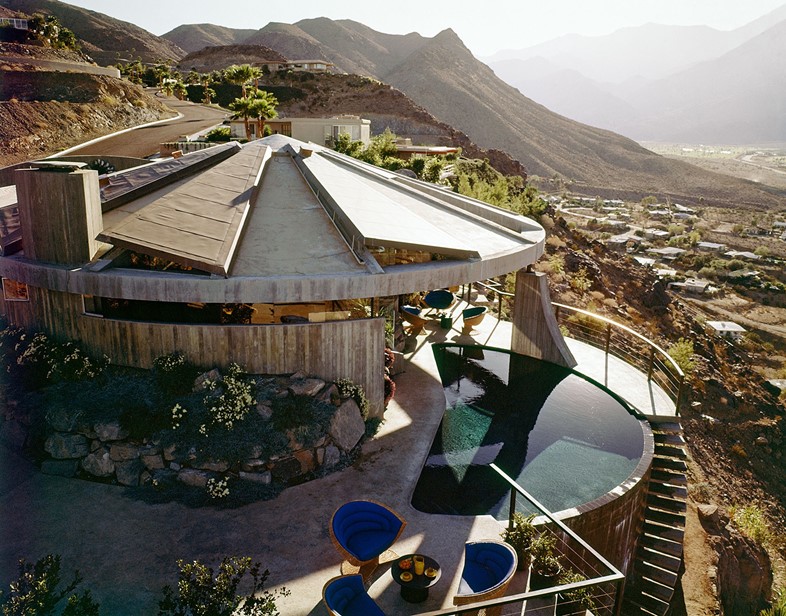
2. Elrod House by John Lautner (Palm Springs, 1968)
John Lautner’s dramatic portfolio of work is riddled with utopian fantasies, and driven by a belief in the grandeur of the everyday. Elrod House is one of his definitive works, yet remains shrouded in some mystery. The project’s origins are hazy but the intention with which it presents the home as a masterpiece of meticulously sculpted isolation – note the 18-metre vaulted dome ceiling and the moat-like placement of both pool and terrace – is unmissable. Arthur Elrod, Lautner’s client and the interior designer who effectively defined the Palm Springs mid-century modern aesthetic that continues to dominate the über-cool homes of today, provided a steel-framed informality for Hollywood’s party crowd. Elrod House itself became one of the most famous James Bond locations ever shot. Sean Connery famously provided a gushing narration of his first footsteps in the property while filming Diamonds are Forever.
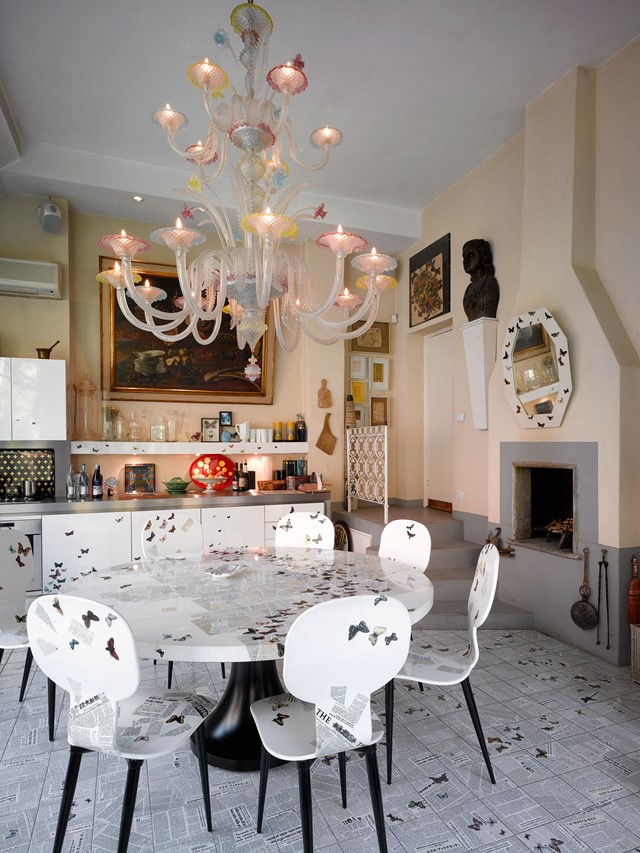
3. Fornasetti House by Piero & Barnaba Fornasetti (Milan, ongoing)
Fornasetti House is, as Barnaba Fornasetti describes it, “A house, a workshop, an archive and a museum”. Fornasetti has redesigned the interiors of the house in the years since his father Piero’s death, but the all-consuming desire to collect, display and indulge in a strong emotional bond with every room is as potent as ever. Fornasetti House represents not only the four decade-long career of prolific designer Piero, but also the power of Neoclassicism and the deeply poetic way Italians notoriously layer their homes with tradition, iconography and references to the lessons we learn simply by living. The Milanese property is considered an ongoing project and an element of every interiors trend to emerge from Italy in the last century can be found in its colour-soaked rooms.
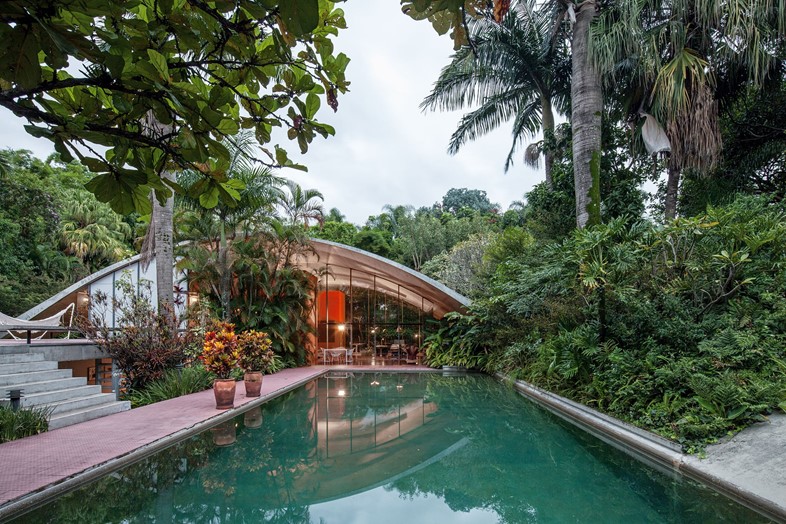
4. Marlene Milan House by Marcos Acayaba (Säo Paulo, 1975)
When thinking of Brazilian architecture it’s easy for the work of architects such as Marcos Acayaba to be eclipsed by the likes of modernist titans such as Oscar Niemeyer. Although their work was integral to development of modern cities, it’s important to recognise the enchanting fusion of lush South American foliage and sweeping concrete lines found in an era exemplified by homes such as Marlene Milan House. The fresh blend of delicate organic textures and harsh man-made forms is reflected in every tufted leather sofa and pony hide recliner and was the beginning of a move to eclecticism that reigns supreme in many a contemporary abode.

5. Lagerfeld Apartment by Memphis Milano (Monaco, 1983)
If Bauhaus was practicality and postwar was optimism, Memphis was a celebration. Considered a reactionary design movement and founded in 1981, Ettore Sottsass’ Memphis collective craved a world in which the home was an expression of carefree obsession. No one embraced this more than Karl Lagerfeld. It seems only fitting that the king of everyday theatre was the owner of a Postmodern paradise in the form of his Monaco apartment. Richly saturated hues combined with razor sharp corners and a blatant frivolity – derived from the youth of Italian design – juxtaposed Lagerfeld’s chosen architectural scheme of monochrome portraiture, matte black rubber flooring and dove grey walls.
Inside Utopia: Visionary Interiors and Futuristic Homes is out now, published by Gestalten.
